Watch Facts
Quiz: 2023.06.11 Quiz (VINTAGE)

In 1932 Omega introduced a waterproof wristwatch called the Omega Marine reference number 679. The Omega Marine was the first dive watch commercially available to civilians, the first watch specifically tested and qualified for diving. The Marine was at first fitted with the manual winding calibre 19.4 T1, but later with the improved 19.4 T2, created in 1935.
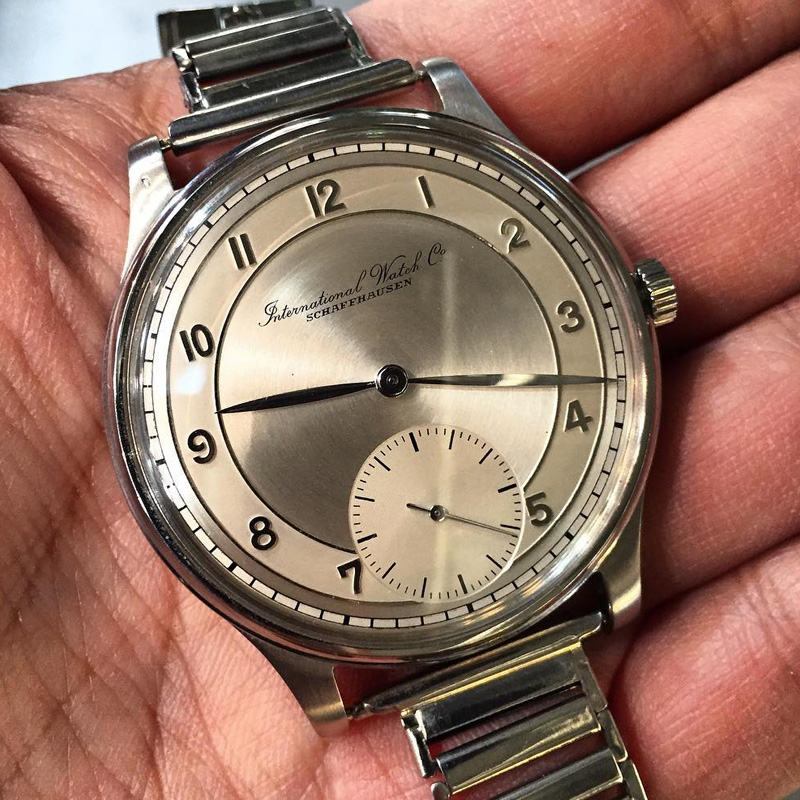
For those who like IWC watches, you may already know the Portuguese was introduced in 1939 but how did it begin? At the end of the 1930s two Portuguese businessmen – Rodrigues and Teixeira – who are in the watch industry visited IWC in Schaffausen inquiring the development of a large stainless steel wristwatch housing a movement with the precision of a marine chronometer. Development ensued and the birth of the Portuguese was born. Here is a, case size 42mm (bracelet non original)
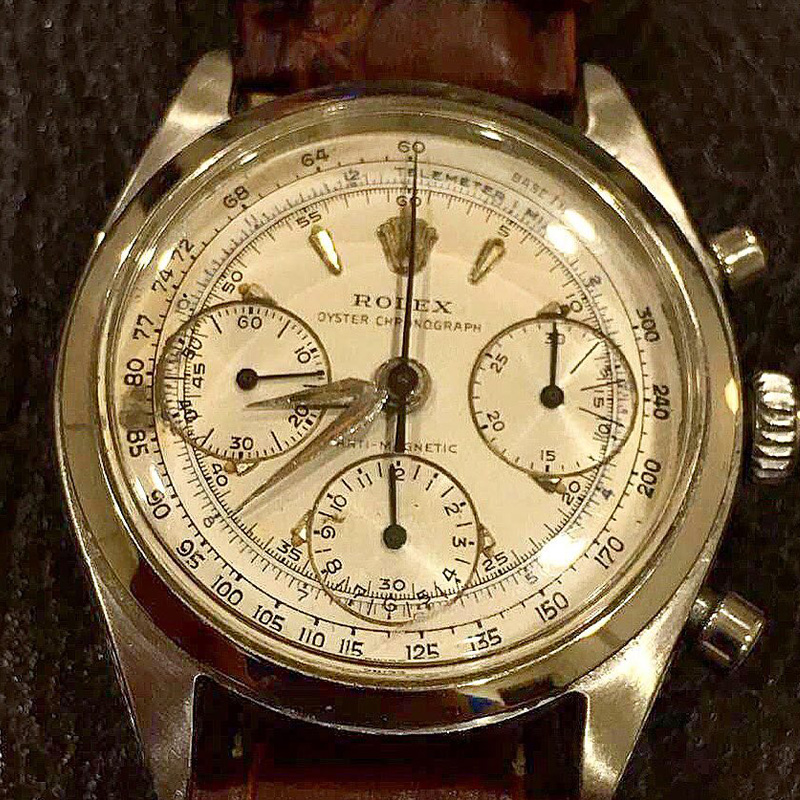
It is considered to be the grandfather of the infamous Rolex Daytona. Produced from 1955 to 1961, featuring manual winding Caliber 72 with 17 jewels and column wheel chronograph movement.
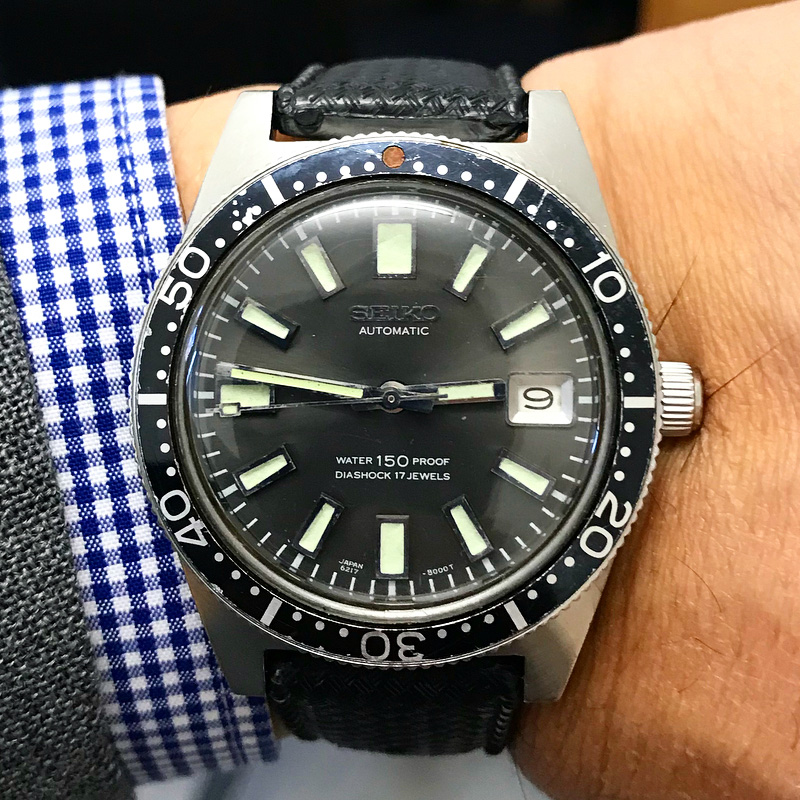
This was Japan’s first diver’s watch. It was an automatic 150m Diver’s. The launch of this model marked the start of Seiko’s pursuit for ever greater reliability and safety. In 1966, the watch proved its reliability and precision on the 8th Japanese Antarctic Research Expedition. The 6217-8000/1, which is better known as the Seiko 62MAS (autoMAtic Selfdater)Stainless steel case at 37mm. It featured a date function, a bi-directional bezel, stronger luminosity on the hands and indexes, and a big crown. It has a screw down case back but non-screw down crown. The Seiko 62MAS was rated to 150M of water resistance. While this doesn’t seem like a lot by today’s standard, it was Seiko’s deepest rating at the time (prior watch was rated only to 50M). The 6217-8000/1 caliber is a 18,000bph automatic, non hacking seconds with quick set date.
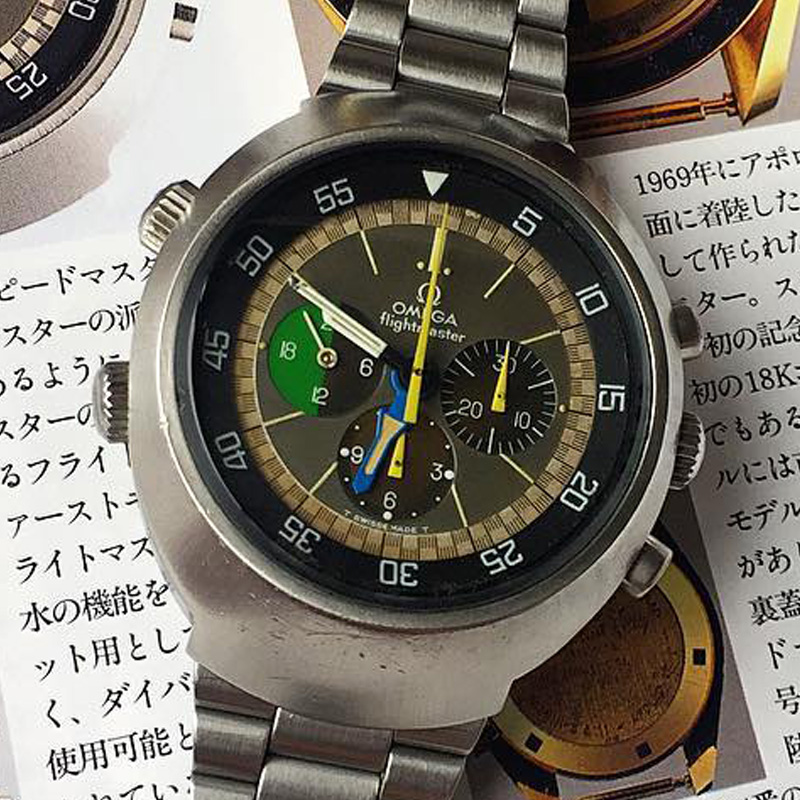
The Omega Flightmaster, a variant from the Speedmaster line. Introduced in 1969, the Flightmaster features the most comprehensive functions with dual TimeZone, chronograph, day and night, etc. The version shown here is the Cal.910 which has the day & night indication whereas the later Cal.911 has the sub seconds indication. Manual winding chronograph in stainless steel.
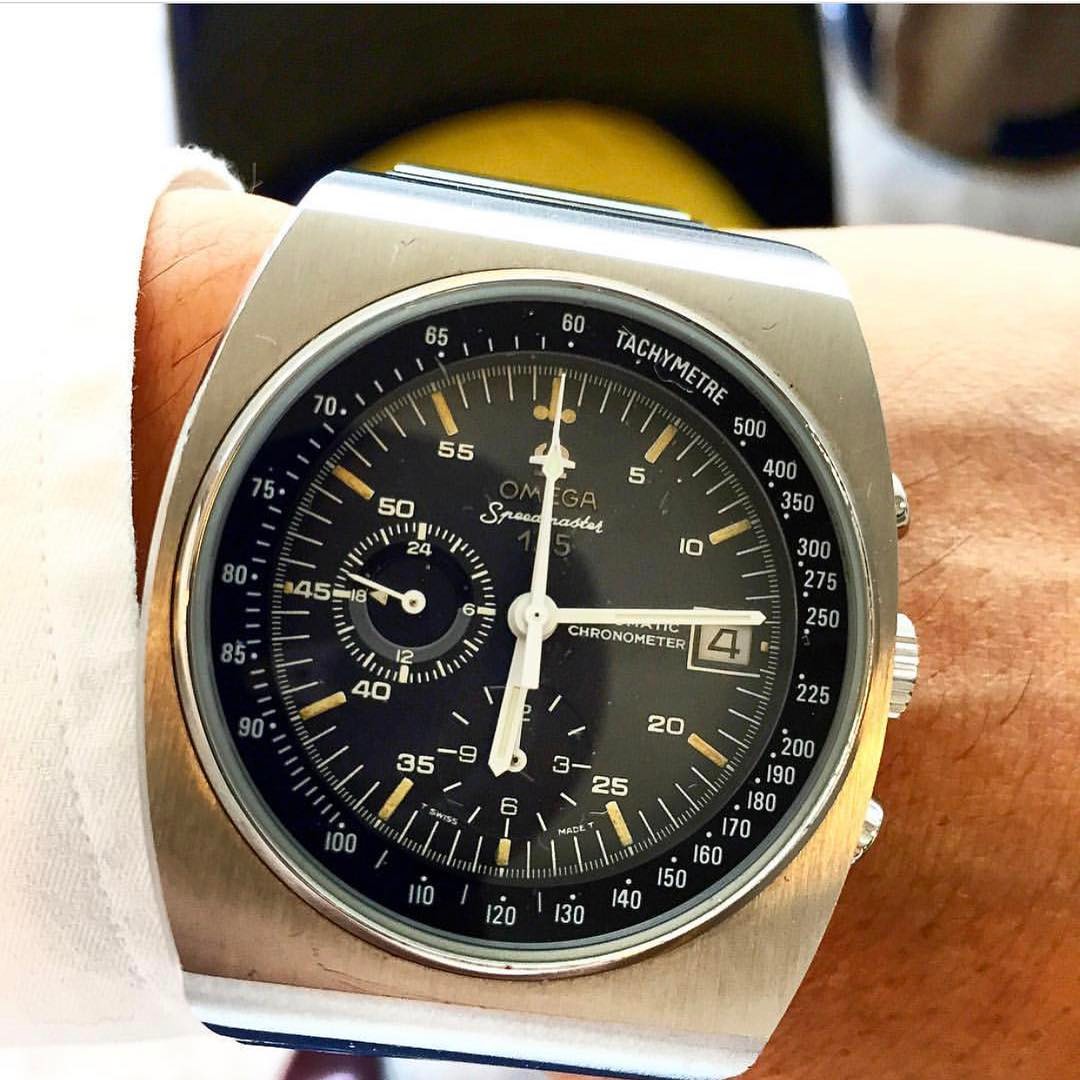
This watch was made in 1973 to commemorate the 125th anniversary of Omega. It is also the first automatic chronograph, that also carries the certificate of the Swiss Institutes for Official Chronometer Tests. (COSC) The Speedmaster125 was produced as a limited run of 2,000 pieces. Unlike other Speedmaster commemorative or limited editions, no engraving was done on the case or the case back of the watch.
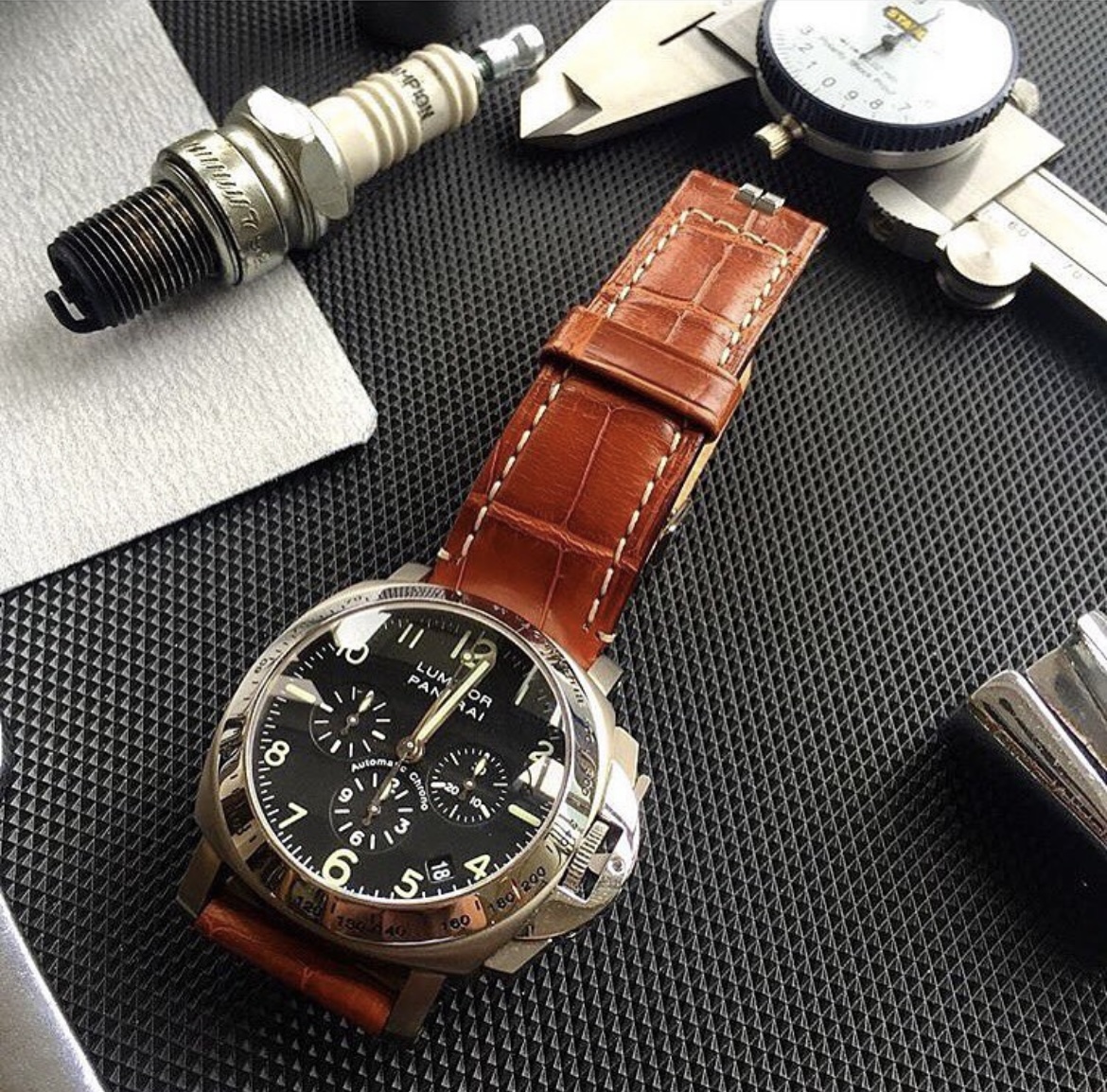
Panerai Luminor 40mm Chrono Pam 74 (2000), brushed titanium case 40mm. Automatic chronograph El Primero movement, black dial with silver hands and brown leather strap. The watch features hrs, minutes, small seconds at 9 o’clock, a date between 4 and 5 o’clock, chronograph with three counters – reading through to 1/10th second, and tachymeter scale around the bezel ring dial. Sapphire back case. This watch was featured in the Hollywood movie : The Transporter
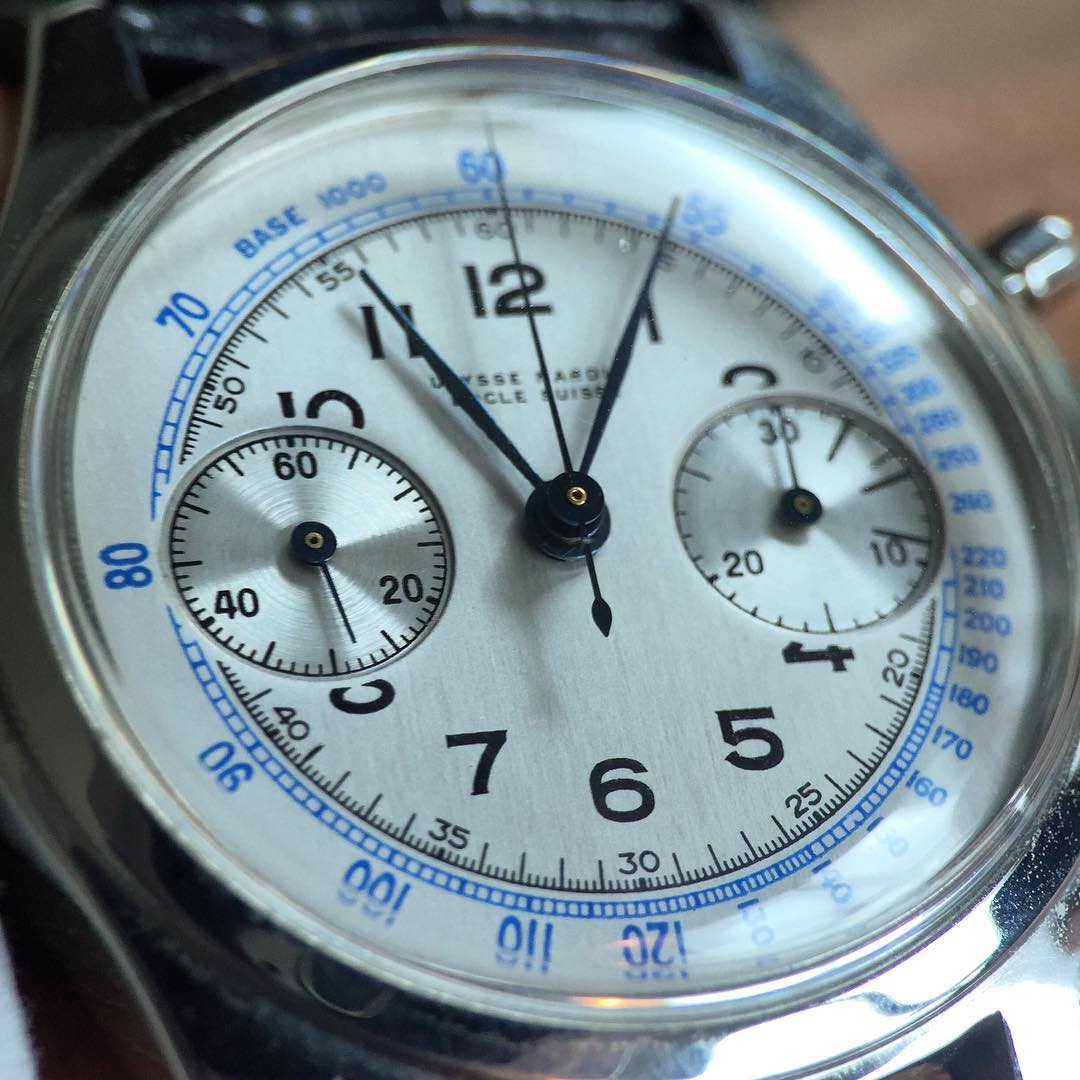
A vintage Ulysses Nardin chronograph from the 1950s, this piece is unrestored, completely original in amazing condition. The large stainless steel 38mm high-pressure snap-back waterproof case, manual winding movement is Valjoux 22-based.
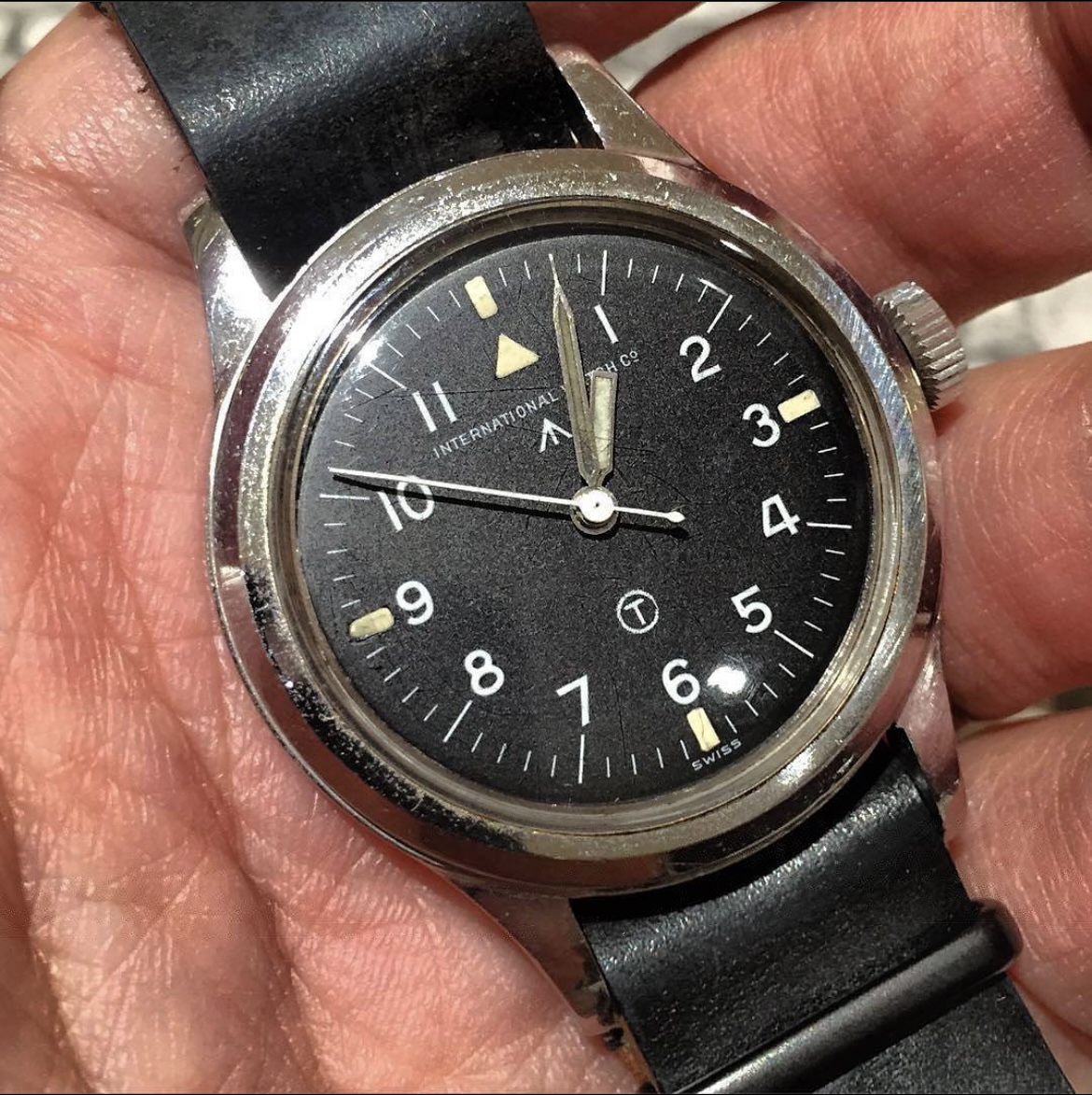
IWC Mark XI Military British Royal air force circe 1950s. Stainless steel case in 36mm. Fixed lugs, antimagnetic cover tap. Manual winding Caliber 89. Sweeping centre seconds, arabic numerals and circled T (tritium).
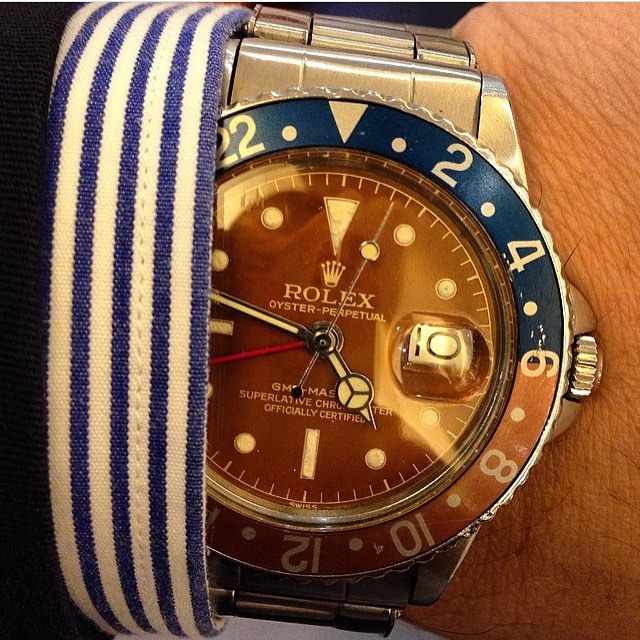
The Rolex GMT-Master watch was originally designed in collaboration with Pan American Airways and issued by the airline to their crews on long-haul flights. The original GMT Master watch has a 24-hour display fourth hand complicationdirectly linked to and displaying the same time zone as the standard 12-hour hand. This GMT hand enabled the crews to set the watch to GMT or another time zone, and using the rotatable 24-hour scale bezel set to the correct offset a second time zone could be read. GMT or UTC is the time zone that is required for all aviation planning, weather forecasts, schedules and other paperwork.
